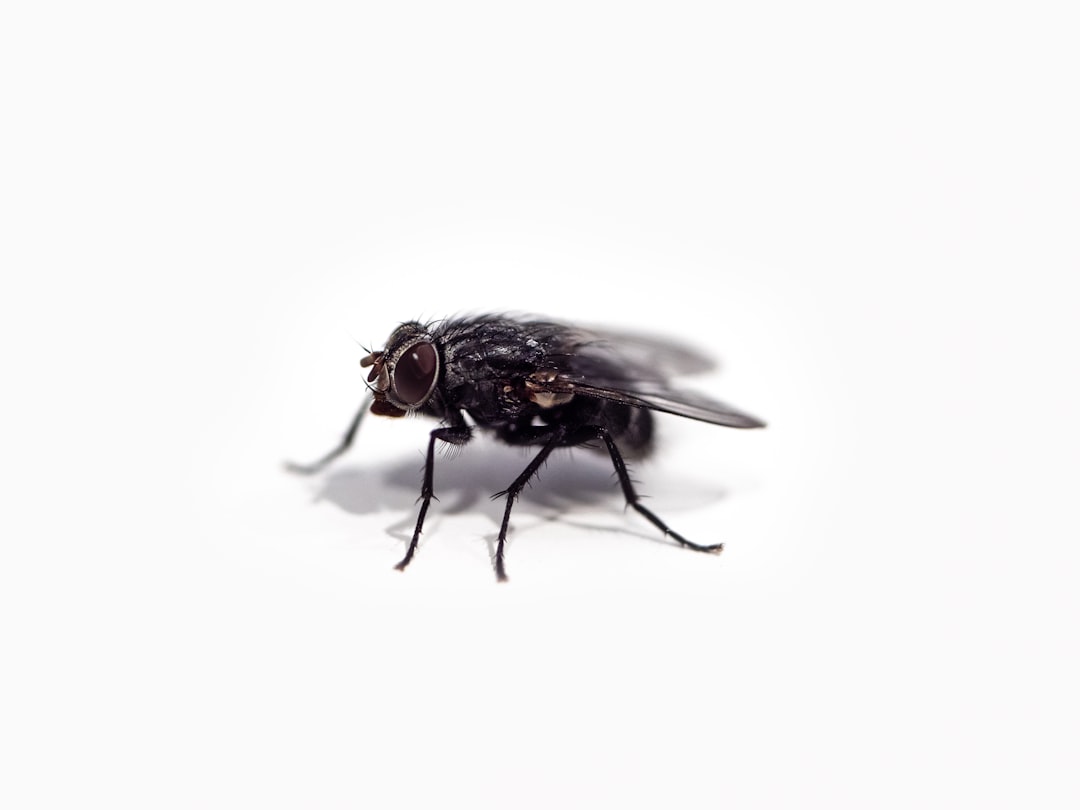What is it about?
This manuscript describes about types of MRSA clones isolated from seafood and aquatic environment. It also provides the details of their distribution in districts of Kerala, India.
Featured Image
Why is it important?
The work on clonal distribution of MRSA in seafood and aquatic environment is so far not performed in India. A new clone t15669 was found associated with aquatic environment.
Perspectives
MRSA is an important pathogen in healthcare system, but there was very scanty report on presence of this pathogen in seafood. In addition to that only two reports were documented MRSA as cause for foodborne disease outbreak. This has given us an instigation to work on this pathogen. When our team started to work on this pathogen during 2012, there was no harmonized protocol to isolate from the seafood. Furthermore we standardized the protocol and the prevalence was increased to over 6%. We checked these MRSA for their clonal nature using spa and MLST methods. Further other typing for enterotoxigenicity is completed and ready for publications
Murugadas V
Read the Original
This page is a summary of: Multilocus Sequence Typing and Staphylococcal Protein A Typing Revealed Novel and Diverse Clones of Methicillin-Resistant Staphylococcus aureus in Seafood and the Aquatic Environment, Journal of Food Protection, March 2017, International Association for Food Protection,
DOI: 10.4315/0362-028x.jfp-16-260.
You can read the full text:
Contributors
The following have contributed to this page










